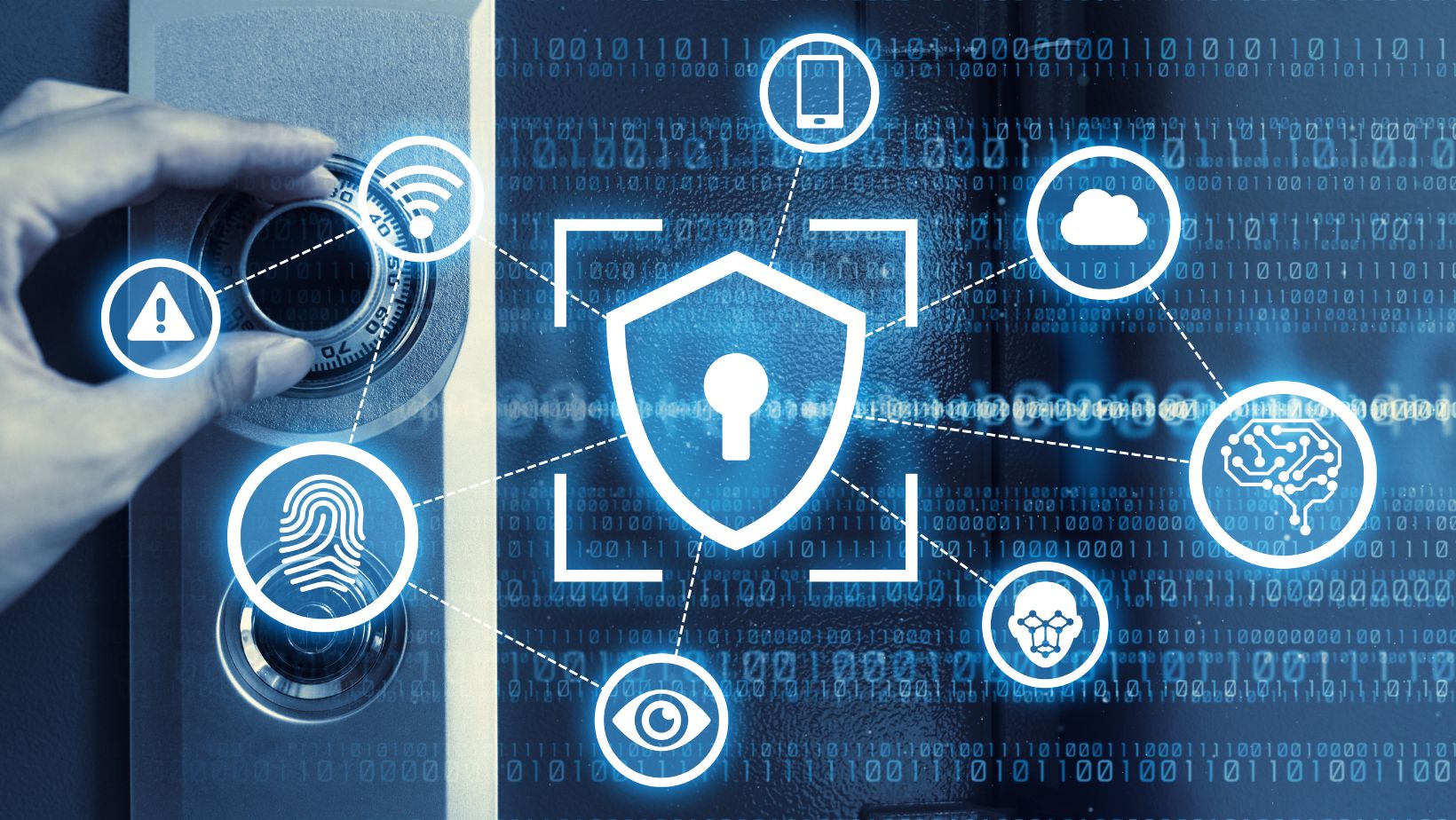Each day, we share a piece of ourselves online – be it through social media posts, online payments, photos, or just a casual chat with a close friend. But how sure are you no one can see your sensitive data online?
Recent reports show that cybercrime damage cost the world a whopping $9 trillion in 2024. On top of that, this number is expected to surge to $13 trillion by 2028 – the type of money that exceeds the wealth of all nations combined.
Luckily, end-to-end encryption (E2EE) can help you keep your data away from cybercriminals.
Defining End-to-End Encryption
End-to-end encryption is an innovative cryptographic technique that involves the use of public and private keys. When the sender sends a message or transaction online, they encrypt it using the recipient’s public key, which is accessible to anyone. That means only the recipient can receive and decrypt the data using their private key.
In other words, E2EE ensures that only the sender and recipient access the contents of a digital conversation — not service providers, platform administrators, governments, or even the best hackers. The best part is such data remains encrypted throughout its transmission via the network. After all, the encryption and decryption process happens on the user’s own device (locally), providing even greater privacy and security.
Where is End-to-End Encryption Used?
E2EE gained its popularity back in 2016 when WhatsApp encrypted its chats. Since then, whenever private data needs protection against unauthorized access, end-to-end encryption (E2EE) has been the go-to. That includes messaging apps like Signal and social media websites such as Facebook Messenger. Digital wallets like PayPal, as well as email or cloud storage services such as ProtonMail and Apple’s iCloud Advanced Data Protection, also use E2EE.
Likewise, governments around the world advocate for the use of data encryption options such as E2EE to safeguard privacy and secure sensitive information. Quebec, for instance, implemented Law 25 (formerly Bill 64), which encourages both public and private organizations to implement cutting-edge security measures, such as data encryption, to protect personal data.
This applies across various sectors, including digital entertainment platforms like online casinos in Quebec. Such platforms handle loads of sensitive user information, such as financial details and identity verification data.
Through using robust encryption technologies, such as end-to-end encryption, they can foster user trust while also guaranteeing data security throughout every stage of a transaction or user session.
Pros and Cons of End-to-End Encryption
Other benefits of end-to-end encryption besides securing data include:
- Secures communication: E2EE ensures private messages remain inaccessible from governments, service providers, and cybercriminals.
- Fosters trust: People and businesses can communicate securely, knowing their data is 100% safe from prying eyes.
- Prevent data breaches: Messages and files with end-to-end encryption remain unreadable until the recipient with the private key decrypts them.
- Promotes regulatory compliance: The GDPR recommends the use of state-of-the-art encryption methods like E2EE to secure data.
It’s also most important to consider the drawbacks of using E2EE. They include:
- Cybercriminals use end-to-end encryption to hide from law enforcement, as stated in the European Commission’s ProtectEU strategy.
- Although end-to-end encryption locks message or file content, it does not hide sender and recipient details, which can still be tracked.
- If cybercriminals gain access to your device, E2EE can’t stop data theft.
- Several platforms like Telegram only offer E2EE under specific modes or features, leaving other user data exposed.
How to Ensure Your Data is Encrypted End-to-End
To make sure your data is always encrypted end-to-end, follow these practical tips:

Use Applications with End-to-End Encryption
Utilize apps like WhatsApp, ProtonMail, and Signal that offer end-to-end encryption as a standard. Some apps like Telegram require users to manually enable the correct settings (Secret Chat) to ensure E2EE is available for all communications on the application.
Update your Apps Regularly
Regularly update your mobile apps to fix potential security vulnerabilities. Such updates help reduce risks associated with data breaches, malware, and unauthorized access. Make it a priority to monitor bug updates and the latest security standards.
Secure your Device
E2EE cannot secure your device. And that’s where using strong passwords, downloading the latest security software, and implementing biometric authentication come in handy.
The Future of End-to-End Encryption Technology
Digital privacy is under constant threat in our hyperconnected world. Luckily, end-to-end encryption stands as a beacon of hope, ensuring users enjoy private and secure digital conversations, away from prying eyes.

However, as the tech scene continues to change, so does the way E2EE operates. For instance, many AI-powered systems rely on offloading data to external servers, which can compromise the integrity of end-to-end encryption. As AI becomes increasingly integrated into cloud platforms and messaging services, questions like how we can maintain the strong protections of E2EE while also benefiting from AI-driven convenience emerge.

